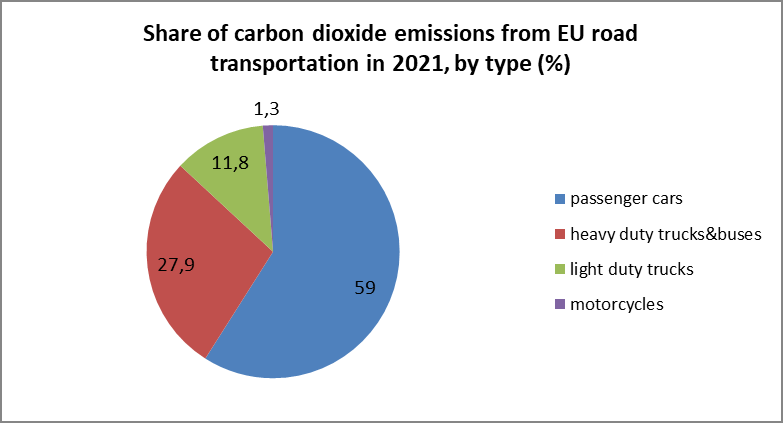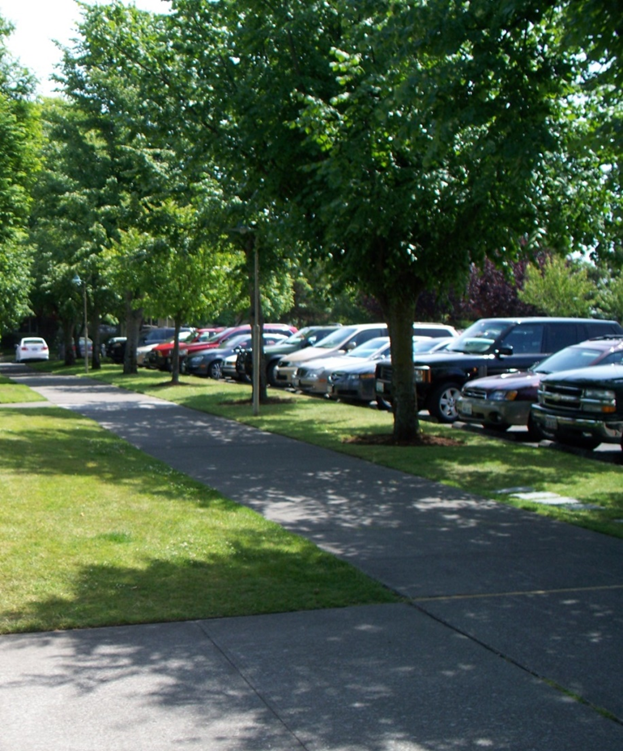Individual mobility
The dominance of individual cars and what to do about it
Mobility and transport are key features of our economic and social life, from daily commuting to work, visiting family and friends, global supply chains for the goods in our shops or industrial production, tourism and leisure... Free movement of people and goods across its internal borders is a fundamental freedom of the European Union (EU) and its single market. Travelling in the EU has led to greater cohesion and a strengthened European identity. As the second-largest area of expenditure for European households, the transport sector contributes 5% to European GDP and directly employs around 10 million workers.
Road transport is an important part of our daily existence. The low prices of cars, the relatively affordable fuel price, the highly branched road network, but also the accessibility and convenience of this type of transport have led to the increase in trips, transported passengers, but also for goods.
Why should we use vehicles with low greenhouse gas emissions?

Data source: Statista
Carbon emissions due to individual car transport are in the first place. People use their cars too much. And the ones with internal combustion engines are still too many. Also, transport with high-capacity vehicles (of goods, but also passenger buses) accounts for over a quarter of the volume of emissions. What can be done? We can reduce the number of journeys, by redefining priorities, and relocating some activities so that they no longer require travel and other measures, we can replace the car fleet with a more efficient one in terms of emissions or switch to bicycle, pedestrian, or electric scooter journeys.
Another alternative is an accessible, integrated public transport with dedicated carriageways and bike/scooter lanes. Also, distances up to 4-5 km can be successfully covered on foot, depending on the context and the season.
Parking lots often use much space, in already crowded cities, with many traffic issues. The construction and maintenance of these parking lots is the responsibility of the municipalities, which operate alone or resort to partnerships with private companies. Park & ride facilities must be affordable, reachable and very well connected with the public transport infrastructure – so that they can contribute to reducing individual car use.

Picture source: Wikimedia Commons
